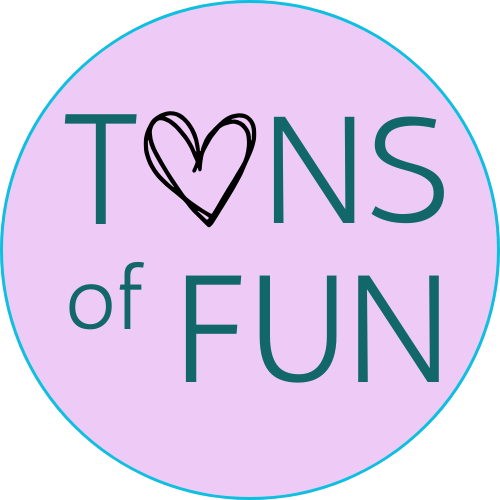Looky No Touchy the Fabulous Fungi
What you’ll need:
Field guide on local fungi
smart phone/ camera
gloves
magnifying glass
water bottle
snacks
appropriate clothing
insect repellant
sunscreen
hat
Discovering and Identifying Mushrooms and Fungi in Nature
There’s a certain magic in wandering through a forest or meadow, eyes scanning the underbrush for the telltale signs of mushrooms and fungi. Foraging for these fascinating organisms is not only an engaging way to connect with nature but also an opportunity to hone observational skills and indulge in a bit of natural detective work. With their diverse forms, colors, and ecological roles, mushrooms and fungi offer endless excitement for those who venture into the wild in search of them.
The Allure of Mushrooms and Fungi
Mushrooms and fungi are not just the stuff of fairy tales; they are integral components of the ecosystem. Mushrooms are the fruiting bodies of certain fungi, and they come in a stunning array of shapes and hues—from the vibrant red of the fly agaric to the delicate beauty of the enoki. Fungi, on the other hand, encompass a broader range of organisms, including molds and yeasts, which may not always produce mushrooms but play crucial roles in decomposition and nutrient cycling.
One of the most thrilling aspects of mushroom and fungi foraging is the element of discovery. Each outing presents the chance to encounter something new—whether it’s the unusual appearance of a lion’s mane mushroom or the earthy aroma of a truffle. Identifying these organisms adds a layer of intellectual challenge, making each foray into the woods both a sensory and mental adventure.
The Difference Between Mushrooms, Fungi, and Morels
Understanding the distinctions between mushrooms, fungi, and other related terms enhances the foraging experience. As mentioned, mushrooms are the reproductive structures of certain fungi, designed to release spores into the environment. Fungi, however, include a much broader category of organisms, not all of which produce mushrooms. Morels, for example, are a specific type of mushroom renowned for their distinctive appearance and gourmet value. They are characterized by their honeycomb-like appearance and can be a sought-after find for culinary enthusiasts.
The Joy of Photography and Observation
While the temptation to touch or collect mushrooms might be strong, it’s crucial to resist. Many mushrooms are toxic, and even experienced foragers can make mistakes. Instead, photographing these fascinating fungi allows you to document your finds and observe them up close without the risks associated with handling them. A good photograph captures details such as color, shape, and texture, which are essential for accurate identification.
Using Books and Apps for Identification
The process of identifying mushrooms and fungi can be greatly aided by field guides and smartphone apps. Books offer in-depth descriptions, illustrations, and often provide detailed information on habitat and seasonality. Apps, on the other hand, have become increasingly sophisticated, allowing users to upload photos and receive identification suggestions within seconds. However, it’s important to remember that technology has its limits, and it’s best used as a supplementary tool rather than a sole source of information.
Exploring Further Activities
Beyond photography and identification, the study of mushrooms and fungi can open doors to a range of activities. Mycological societies and foraging groups often organize field trips and workshops, providing opportunities to learn from experts and share knowledge with fellow enthusiasts. Some people even take to cooking with edible mushrooms, though this should only be done with a firm understanding of which species are safe to eat.
In summary, the quest to find and identify mushrooms and fungi in nature is a rewarding pursuit filled with wonder and excitement. By prioritizing safety, embracing photography, and utilizing resources like books and apps, you can enjoy a richer, more informed foraging experience. Whether you’re a seasoned forager or a curious newcomer, the world of mushrooms and fungi is waiting to be explored. So grab your camera, don your hiking boots, and set off on an adventure into the wild—there’s a hidden world of wonder just waiting to be discovered!
What would make the activity better:
proper footwear
collapsible stool
notebook and pen
map/ GPS
trash bag

